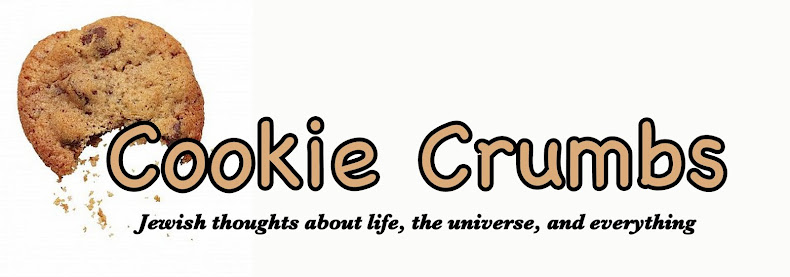But sometimes all that counting and listing can backfire. The Tanach seems to say that counting is fraught with danger (at various junctures, a plague occurs following a census), and suggests that other means--for instance, a tax collection--be used for determining the numbers of the Israelites, rather than a direct head count. A superstition persists that rather than counting individuals in a minyan, you should say, "Not one, not two, not three..." or count according to a ten-word verse from scripture, in order to avoid the evil eye.
So, it is with a mixture of curiosity, skepticism, and concern that I read the list of "America's Top Rabbis for 2012" published by The Daily Beast and Newsweek. The list, which has existed for a few years now, is compiled by Gary Ginsberg, executive vice president of Time Warner; Michael Lynton, CEO of Sony Corporation of America; Abigail Pogrebin, a former producer for 60 Minutes; and Raphael Magarik, an editor at the Daily Beast. The group offers the disclaimer that they never intended the list to be taken quite as seriously as it is, and that it's entirely subjective. They base their selection on innovation, the size of the rabbis' constituencies, impact, fame, and other criteria.
There are 50 slots for rabbis on this list (some rabbis are grouped together, making for more than 50 individuals listed). Sixteen of the slots are occupied by Reform rabbis, most of whom I know in some capacity. I am fairly certain that no one actively lobbied to be included on this list, so I do not mean my critique of the list to in any way impugn the individuals who are profiled therein. Nor do I want to appear that I am saying this out of any sense of "sour grapes."
There are many things that go into being a wonderful rabbi. Some are very public and visible. Other things necessarily occur "behind the scenes." The wonderful pastoral presence you encounter from your rabbi when he or she visits you at a moment of illness or a time of grief cannot be fully quantified, nor can anyone who was not present in that moment fully understand what it meant. The handholding that a rabbi does with a nervous Bar or Bat Mitzvah student may not be visible in the actual (hopefully well-polished) leadership of the worship service. There are numerous other unquantifiable yet meaningful moments that a rabbi may have with an individual--to say nothing of the rabbis who are doing incredibly meaningful work outside of traditional synagogues or institutions.
As Cantor Evan Kent so eloquently put it:
The top rabbi is the one who comforts your mother as she's dying in the hospital room; the top rabbi is the one who demands that you seek justice and you do; the top rabbi is a a rabbi who leads you toward a life of mitzvot and talmud torah; the top rabbi is the rabbi who blesses your daughter in front of the ark on the day of her Bat Mitzvah and leaves such an impression that your daughter seeks to learn more about her heritage and religion; the top rabbi is one who stops to answer the preschoolers question about "Where does God live...?"; the top rabbi is one who-along with the cantor- transforms worship into that which touches the heart, embraces the soul and leaves you forever transformed; the top rabbi is in short all the hardworking professionals who toil each and every day to create communities where Judaism is alive, where learning is real, where the prophetic vision lives daily, and where all all welcomed, diversity is celebrated, and ego is cast aside.
The same goes, I would add, for cantors and other Jewish professionals. Some things just weren't meant to be categorized and counted.


No comments:
Post a Comment
Thank you for your comment. Please note that I reserve the right to remove inappropriate or offensive comments. Hopefully, your remarks do not fall into either of these categories.